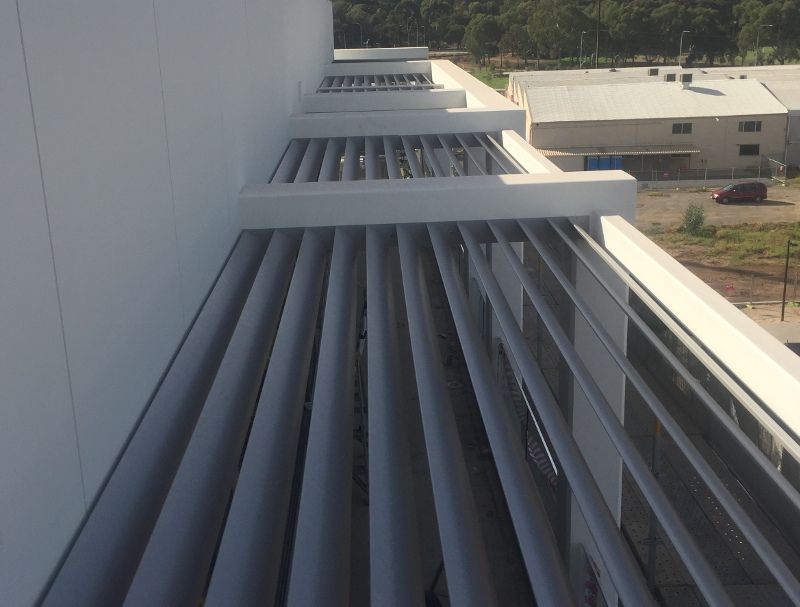Well-designed sun control and shading devices can dramatically reduce building peak heat gain and cooling requirements and improve the natural lighting quality of building interiors. Depending on the amount and location of fenestration, reductions in annual cooling energy consumption of 5% to 15% can be attained. Sun control and shading devices can also improve user visual comfort by controlling glare and reducing contrast ratios. This often leads to increased satisfaction and productivity within the workplace. Shading devices offer the opportunity of differentiating one building façade from another. They can provide another visual dimension to an otherwise undistinguished design.
There are numerous reasons for controlling the amount of sunlight that is admitted into a building. In warm, sunny climates excess solar shades gain may result in high cooling energy consumption; in cold and temperate climates winter sun entering south-facing windows can positively contribute to passive solar heating; and in nearly all climates controlling and diffusing natural illumination will improve daylighting.
The use of sun control and solar shading devices is an important aspect of many energy efficient building design strategies. In particular, buildings that employ passive solar heating or daylighting often depend on well-designed sun control and shading devices of element cell.
For detailed specifications and further applications click on the Brochures button below.


